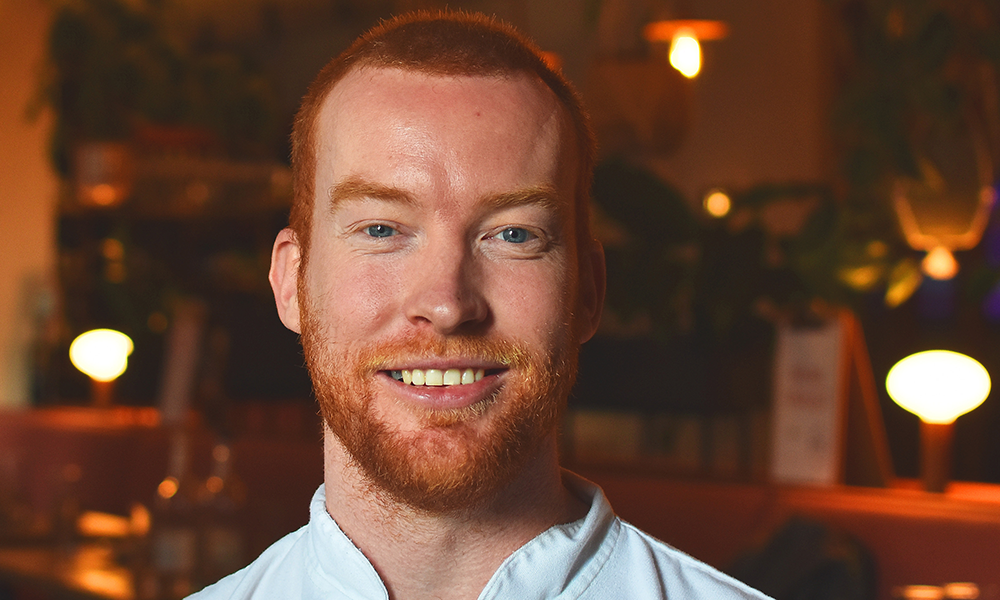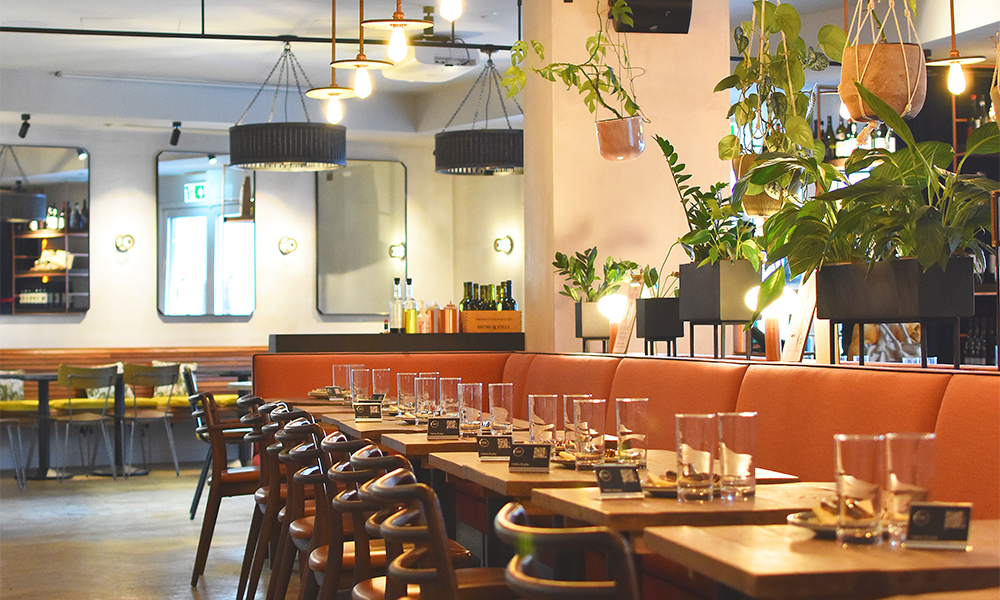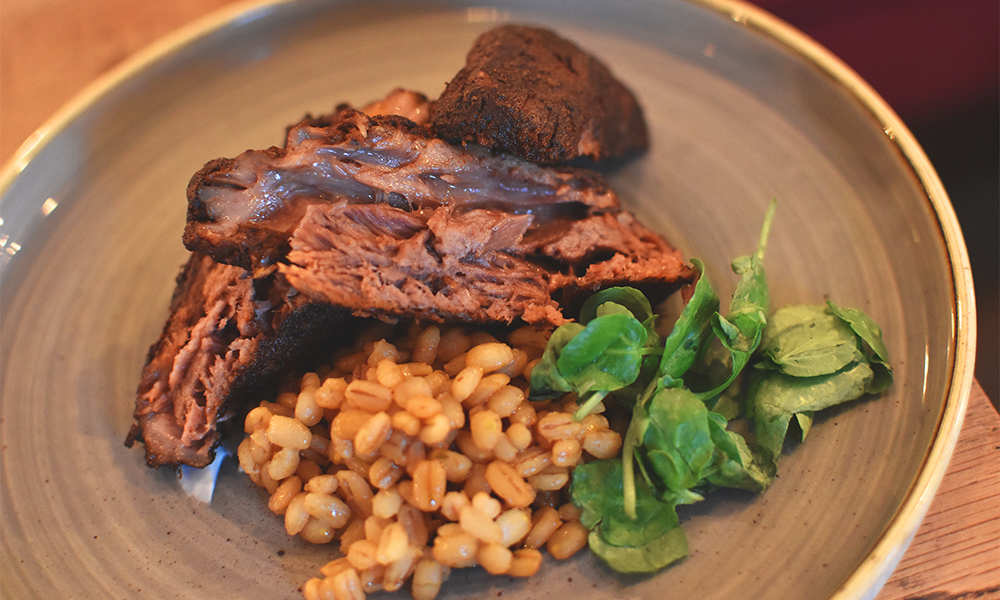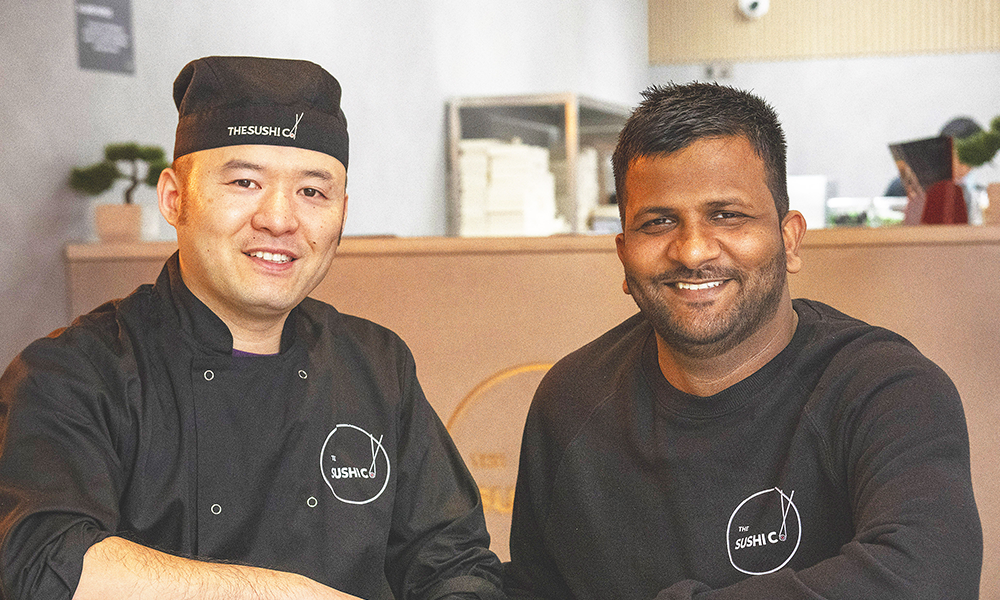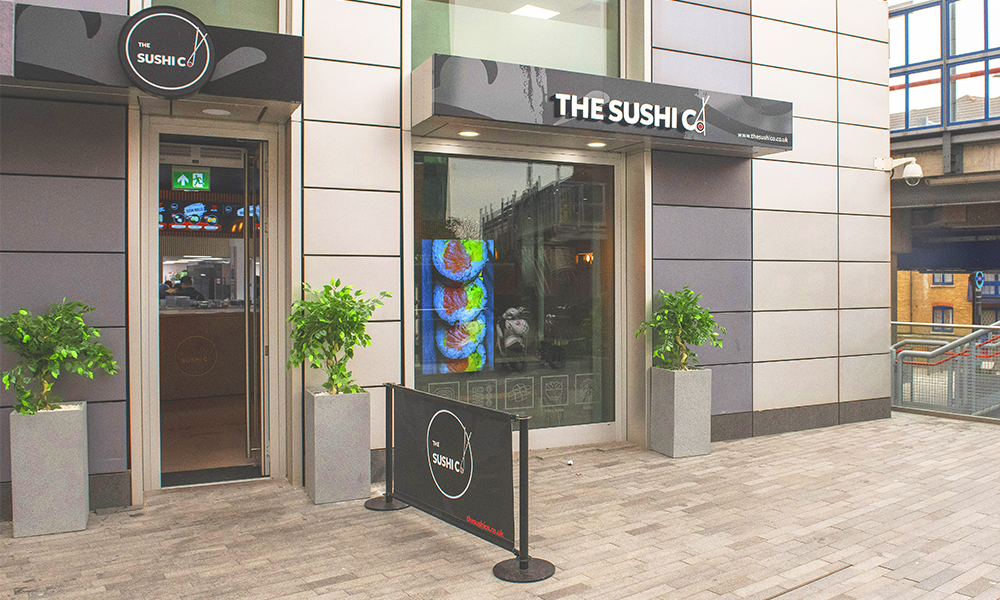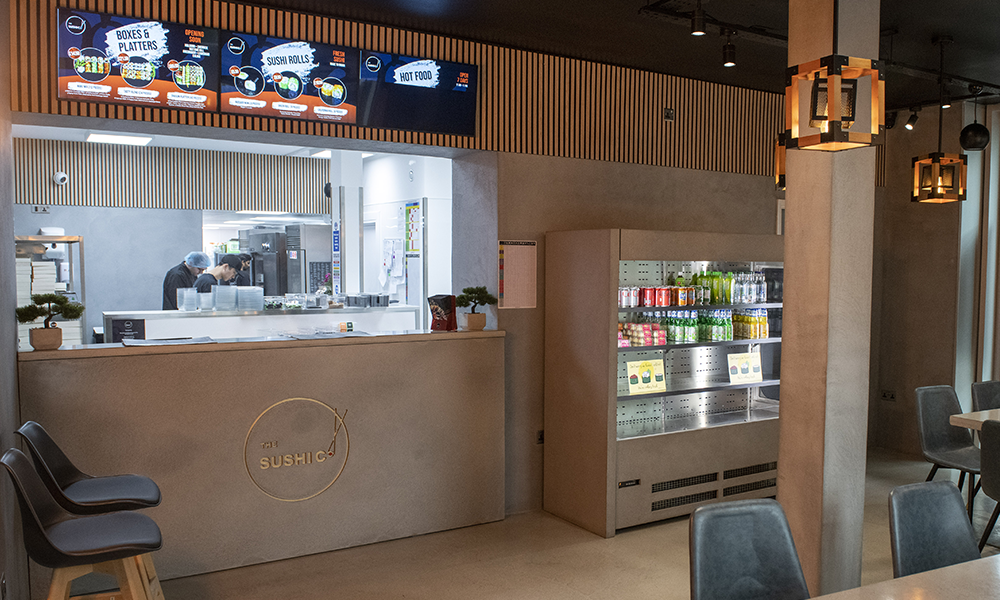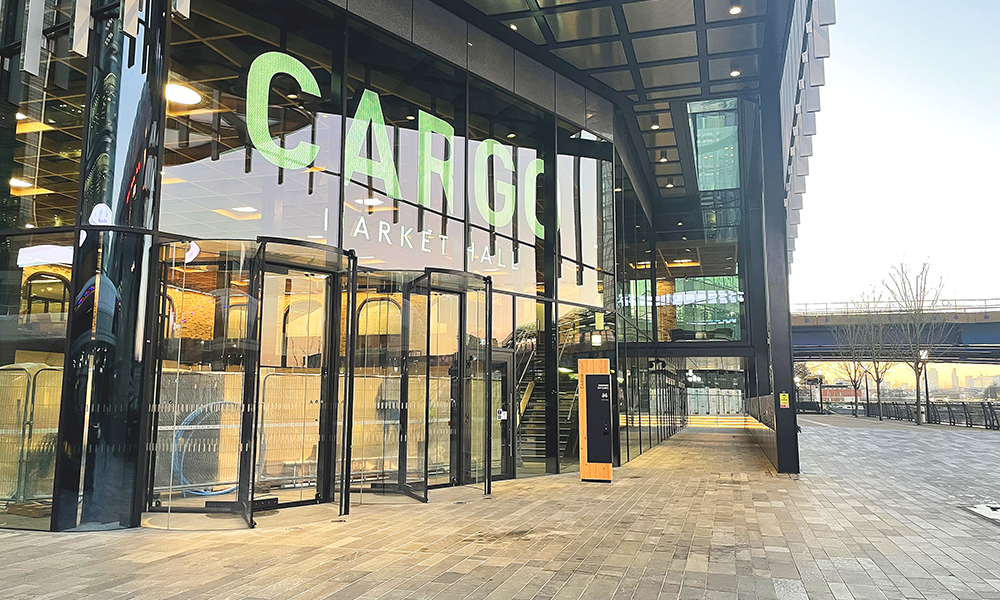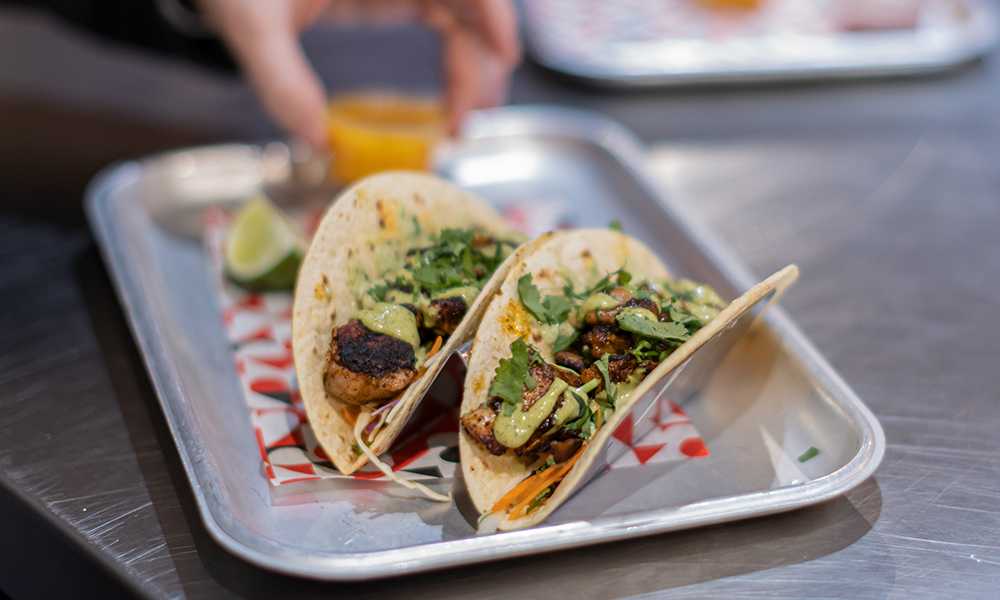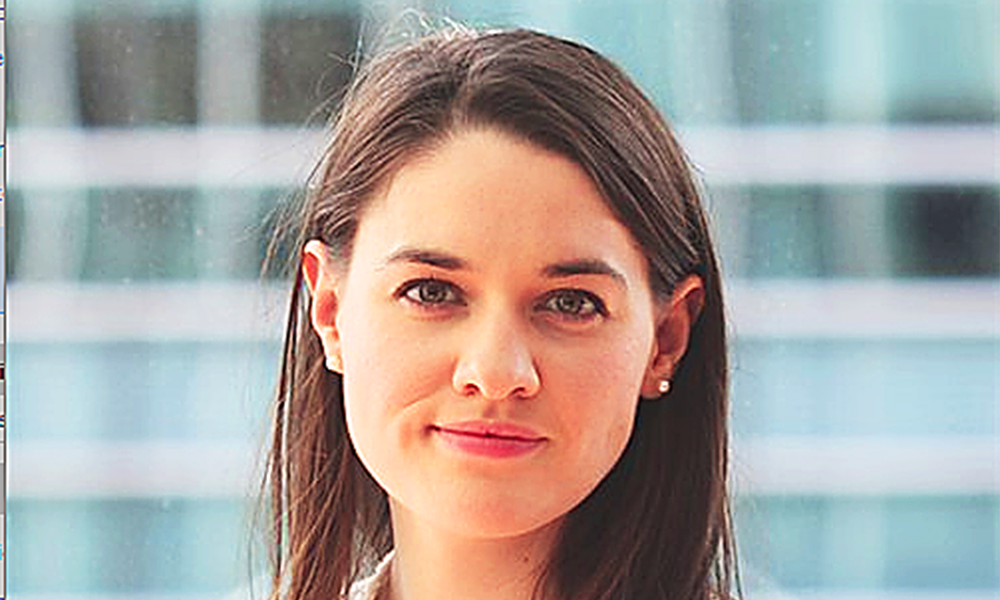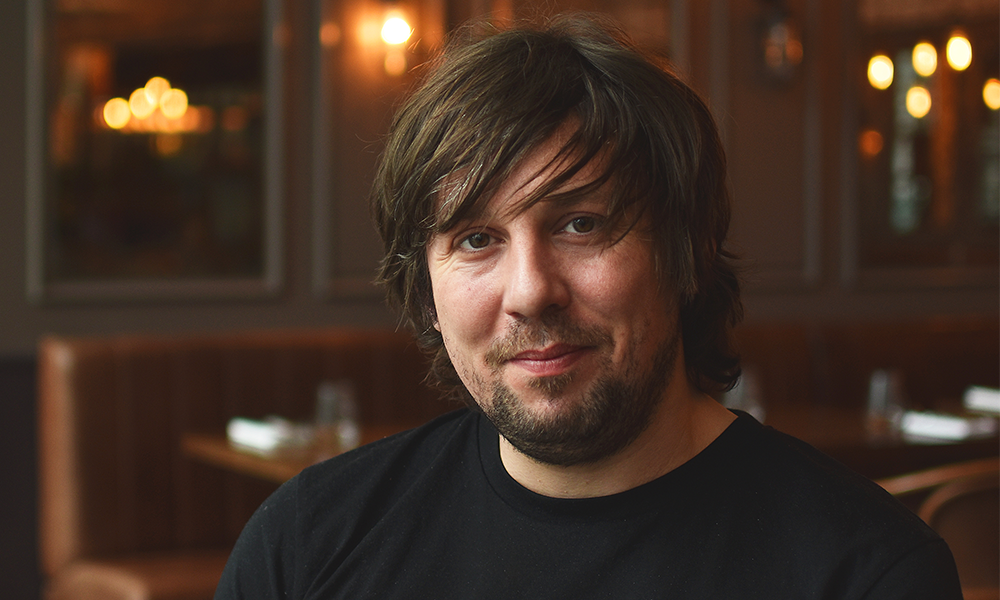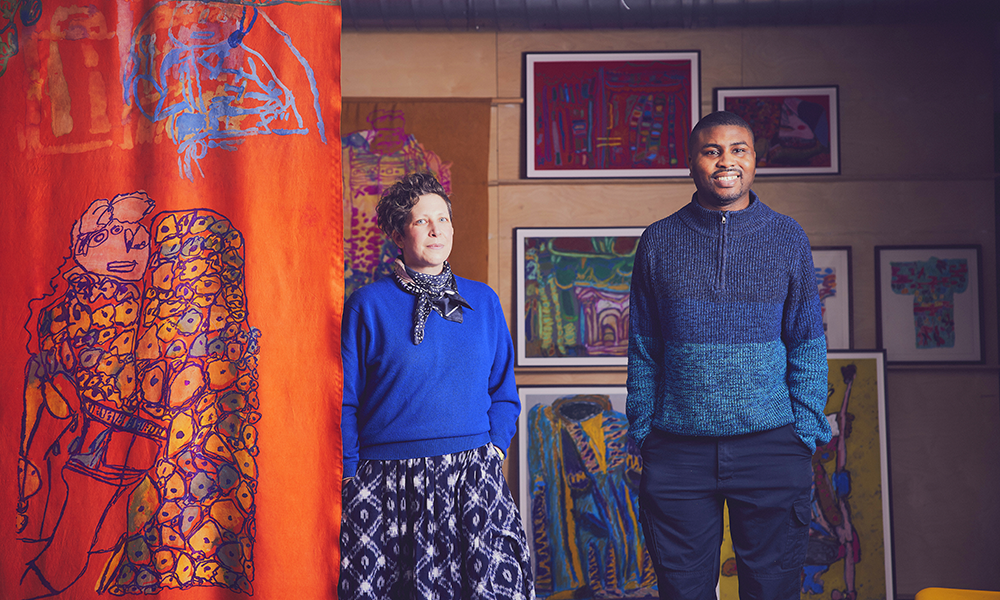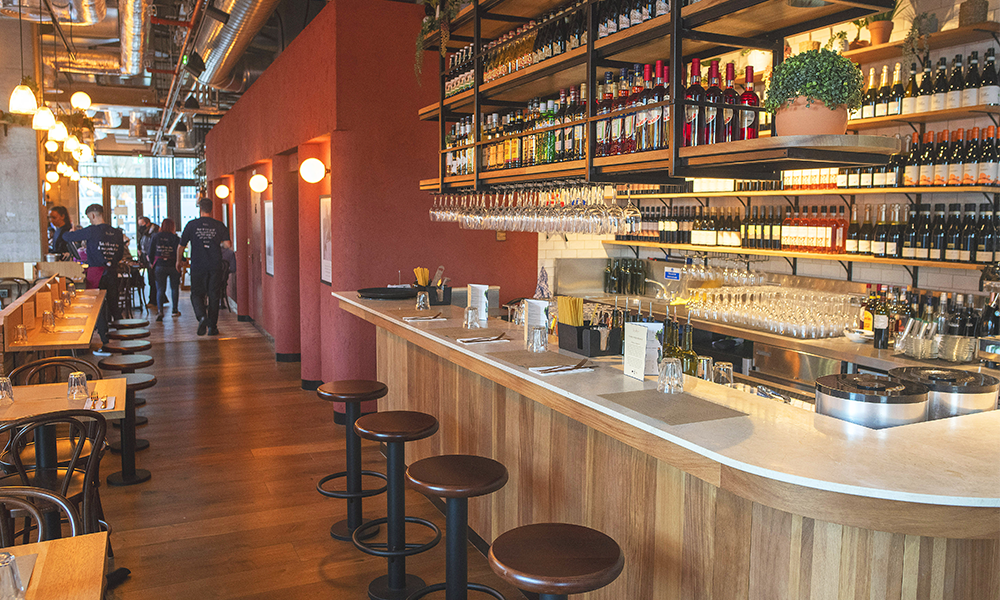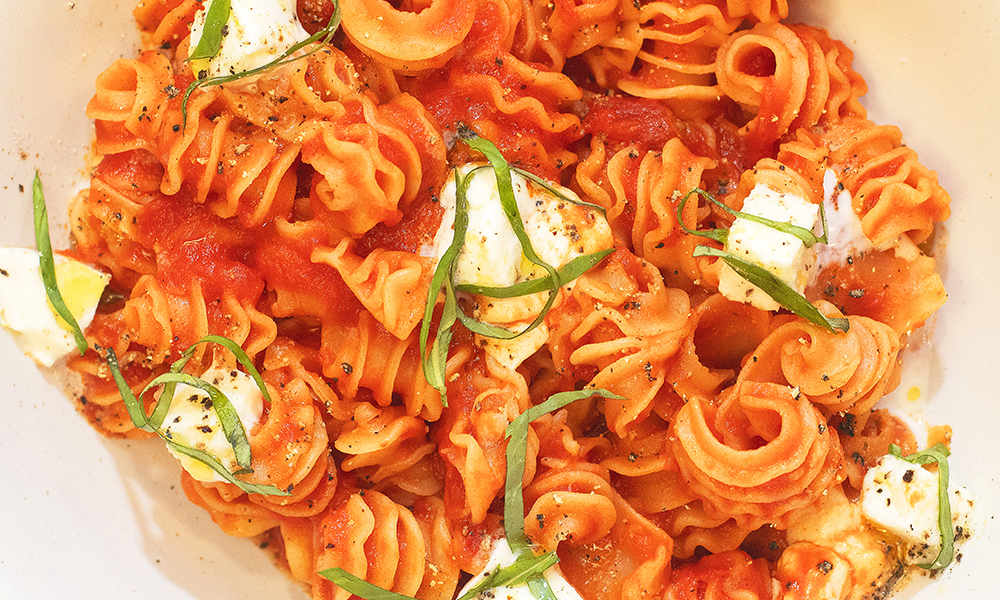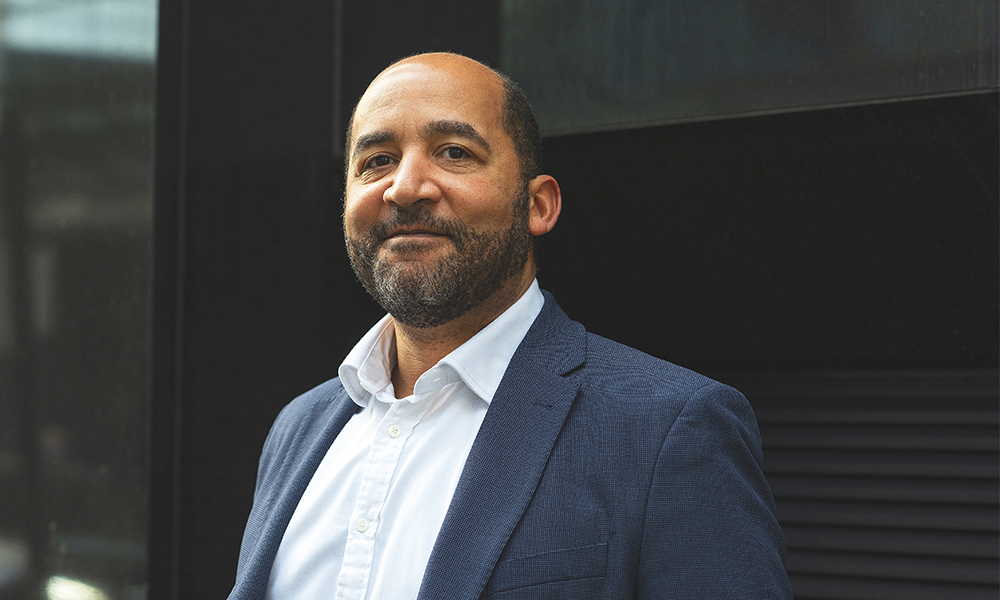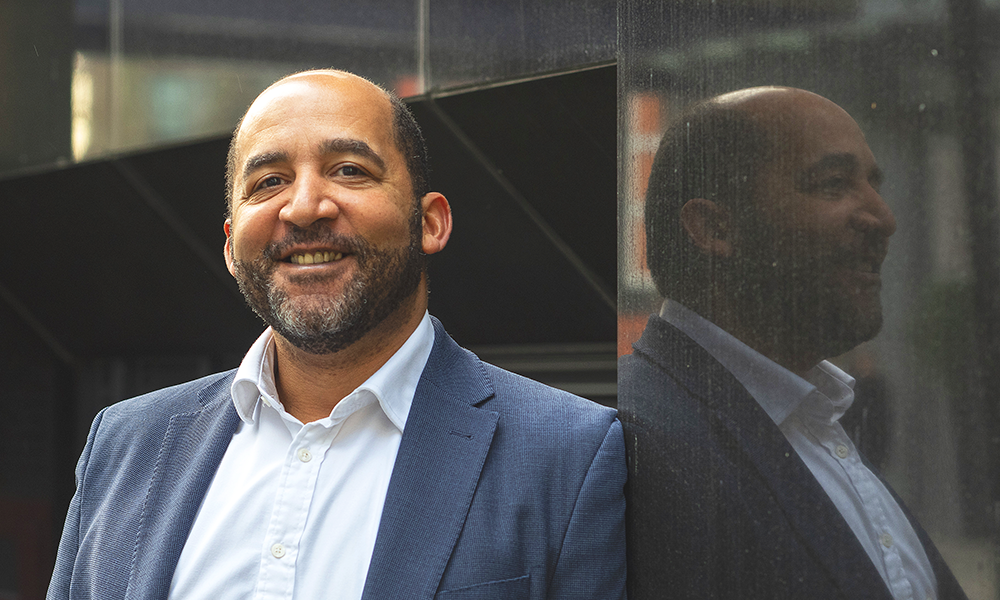Co-founder Asher Tan talks cycles, assets and why dipping a toe into crypto is something to experience

Subscribe to Wharf Life’s weekly newsletter here
This image is a great big pile of old tech (albeit American in this instance).
While coin has been around for thousands of years, there’s a growing sense that physical money has had its day.
Go to an ATM – machines once used on an almost daily basis. Try and remember your PIN and extract some cash.
See how odd the plastic notes feel, how strange the idea that they might be taken to a shop and broken down into small metal discs representing value.
Currency was digital before the pandemic but now physical euros, dollars and pounds seem increasingly otherworldly.
That’s one reason, perhaps, why cryptocurrencies seem less and less exotic.
If wealth is simply represented by numbers on a screen, maybe changing the logo next to them with the hope of making money on the trade is a little less scary than say, walking up to a currency exchange counter and converting a familiar set of notes into something completely alien.
Maybe it’s why about a fifth of British people have owned cryptocurrency as of March this year – up 103% on 2018.
Statistics like these will doubtless be welcome reading for Asher Tan, co-founder of CoinJar, which operates from bases in Australia, and Level39 in Canary Wharf.
He created the company with business partner Ryan Zhou in 2013 after the pair took part in an incubator scheme in Melbourne as interest around Bitcoin, which emerged in 2009 grew.
“CoinJar is a simple way to buy, hold and sell crypto assets,” said Asher.
“We also have tools, such as a debit Mastercard, so that people can go to any ATM and convert their crypto to any currency they want or spend it where the card is accepted.
“That part of the business has been a long time coming – we’d had previous versions, but we were a small company and nobody wanted to work with us until now when we’ve partnered with Mastercard.
“Most people use CoinJar for some form of asset investment, to just buy and hold crypto.
“The popularity of doing that comes in waves every two or three years.
“You have a huge upswing as crypto rises in value, then cryptomania resumes, but that’s just the nature of the cycles. It’s been easing off in the last three months.”
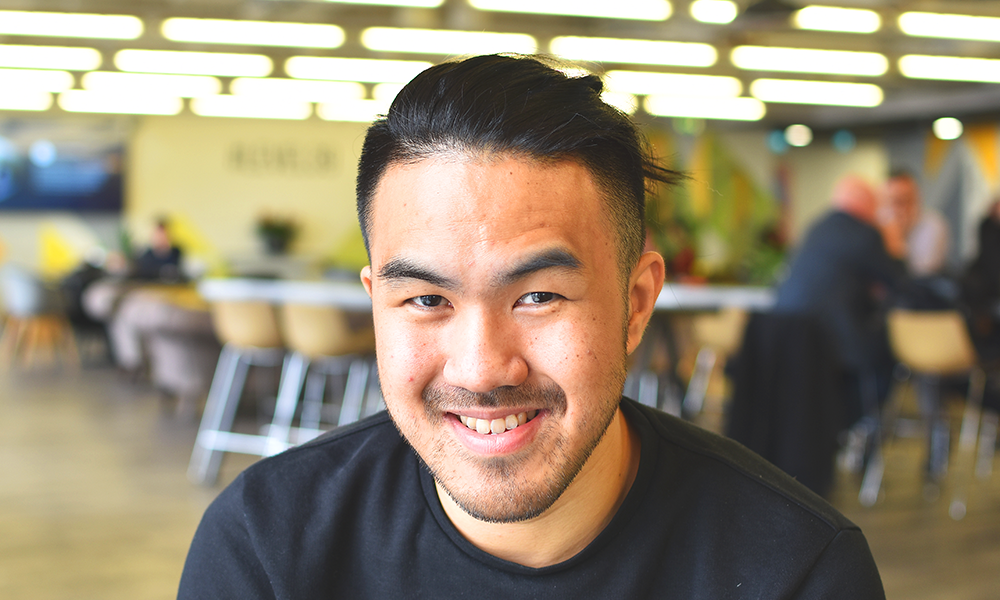
Such fluctuations are not unusual and Asher exudes the air of a business owner content to play the long game.
Bitcoin, the most well-known and first cryptocurrency is famed for its rapid fluctuations in value, having gone from a few pence in value in 2009 to more than £30,000 per coin in 2022.
It’s still about 50% of the total crypto market but has since been joined by a bewildering array of digital coins – Injective, The Sandbox, Synthetix and Bancor, for example – many of which can be bought on CoinJar for a few pounds.
Ethereum, perhaps the second most well-known, can be bought for about £2,300 at the time of writing.
Doubtless people will continue to buy and sell the stuff in the hope of a big pay day.
But there’s another way to make money from crypto and that was the niche Asher and Ryan spotted.
“Being a startup in 2013 was a good vintage – we travelled quite a bit, saw other companies being built and, in the UK, saw the fintech bubble beginning,” said Asher.
“The message was already being pushed out that London was the fintech capital of the world and Level39 – Canary Wharf’s tech accelerator – was created about that time too.
“That was a bold move by Canary Wharf Group, to combine the existing financial infrastructure with fintech and it’s one that has really paid off.
“Being part of that early group, crypto was a movement – we were all trying to figure out this piece of technology.
“Everyone was trying to push for something but not everyone knew what that was yet.
“Everyone was trying to build services – some people created crypto point of sale businesses, others wallets to keep crypto in and some exchanges so people could buy it.
“Would you use it to pay for coffee? There was even a Bitcoin ATM in Old Street. Back then it was underground, people looking for consumer services.
“Now, in 2022, after the pandemic, crypto is almost accepted as an asset class, not just Bitcoin.
“There’s some debate about how you use it, but no-one argues that this isn’t the status quo.
“The premise has shifted and the imagination continues to grow.
“It might seem crazy to some people, but it’s the job of entrepreneurs to make these things happen. We’re trying to create an alternative financial system for the whole world.”

While the currencies it trades in are very different, CoinJar operates in a similar way to a conventional exchange, charging a fee to change money from one currency to another.
It also levies a 1% fee on in-store and online purchases and cash withdrawals for those using its debit card, available in either physical or digital form.
Having operated consistently in Australia, CoinJar has maintained a presence in Canary Wharf, deciding in 2018 to expand its business in earnest overseas.
“It’s been nine years since we started the company,” said Asher.
“In that time there have been so many peaks and troughs about Bitcoin – it’s died a thousand times. In the early years, you were wondering if this was a fatal step or whether cryptocurrency even needed to exist.
“At some points the overriding opinion was that crypto was just going to evaporate. So you do need belief and it takes time.
“Like with most good things, you have to wait. When we first came to Level39 we never fully launched and there were questions about whether we should just focus on Australia, but we always kept the membership even when we weren’t operating in the UK.
“So, in 2020 we had a proper launch and now we have six people based at One Canada Square. I think the UK market has always been slightly under-served in terms of crypto services.
“But there are some things it has in common with Australia, such as strong regulation.
“It’s always been a market we wanted to enter because the two countries have a unique friendship. It’s a good place to come for Australian startups.
“In terms of the future for CoinJar, the product is always changing.
“We started this business to provide consumers with an alternative way to use finance, so that means we’ve also got to keep up and change as the industry develops.
“As a business, we’re first generation crypto – we now have staff who are much younger and their views are very different – everything’s going to change, right?
“Now it’s Non-Fungible Tokens and these seemed very strange to me when I heard about them in 2017, but nine years ago crypto was very strange to everyone. It’s important to keep challenging yourself about the reality of the online world.”
The question all those teetering on the brink of their first investment want answered, is whether it’s worth it?
“Different people have different strategies,” said Asher. “Personally, I’m not a trader day-to-day – I don’t really see crypto as get rich quick.
“With fintech there’s no cap to what it could be, so it captures the imagination and then the sky’s the limit.
“In the early days there were a lot of predictions around crypto – everyone would be using it, the banks would all take it. But, come on, seriously? It might happen.
“The premise of crypto has always been about choice. You can opt for something different – you don’t have to choose one of the big banks – you can use alternative platforms in terms of investment. Right now, that means there are more options.
“Crypto has always been something for people who want to try different things. Right now, I do believe the promise has benefit for everyone in terms of buying and holding cryptocurrency – an experience most people should try.
“You can get into it for £10, so it’s not a huge financial commitment to try to understand what this movement is about.
“Use it, try to make sense of the technological mystery behind it, and I think that’s the first step to a better understanding of why it even exists.”
- Cryptocurrency remains a very volatile investment. What you do with your money is your own affair and this article should in no way be seen as recommending the purchase of cryptocurrency.
Read more: How Humble Grape is levelling up its food in Canary Wharf




